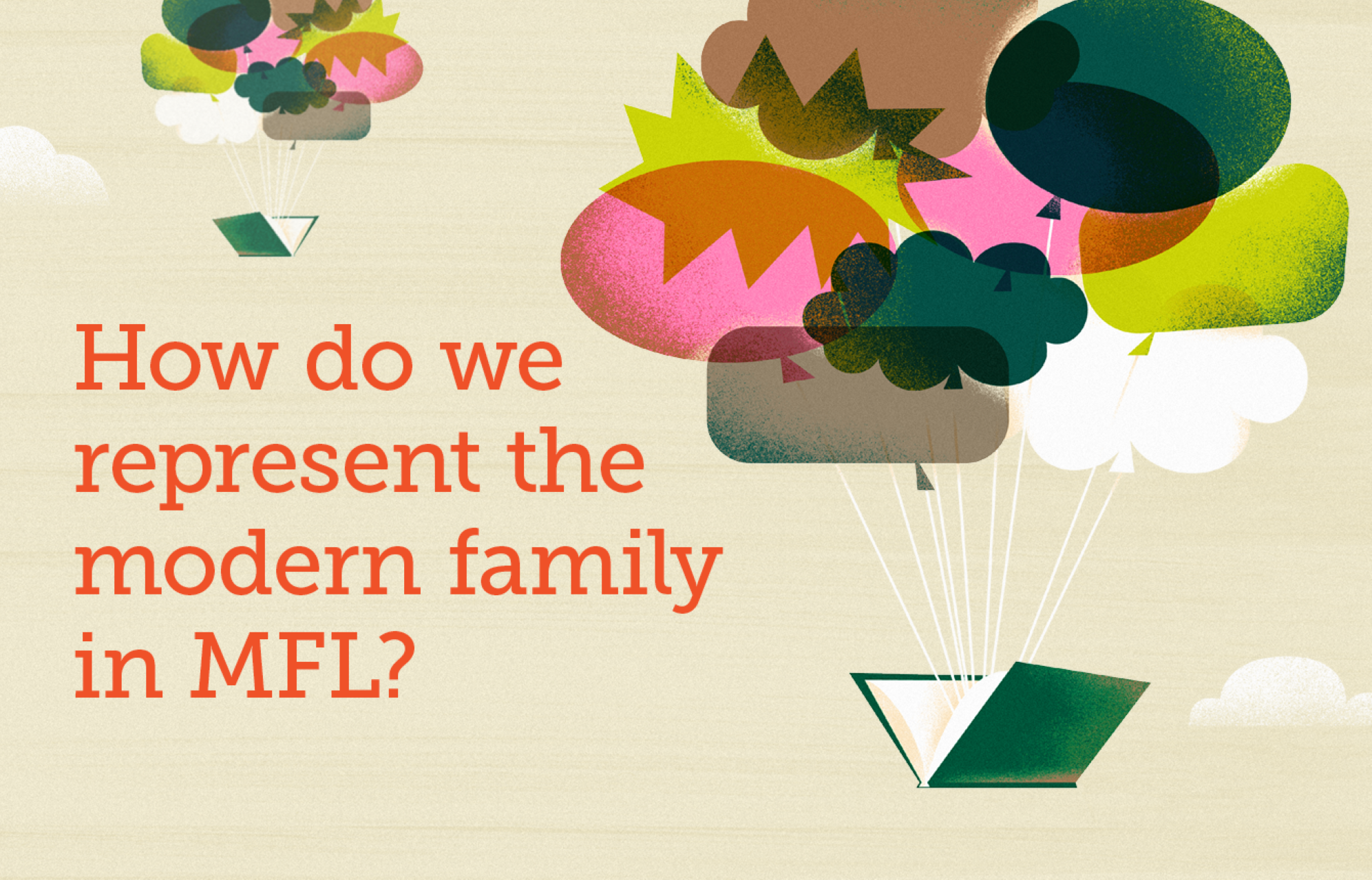As a white, straight woman teaching in an outstanding school in an area with low levels of deprivation compared to the national average, it is more than apparent to me that I ought to be more than just aware of my ‘privilege’. Not only this, one of the main reasons I fell in love with languages at my inner-city school way-back-when, was the escapism to other worlds and cultures; worlds that felt more than a million miles away from my own day to day ‘normal’. So I feel a strong urge to represent not only the global community through teaching my subject area, but to use the opportunity to create a more wholesome and inclusive classroom, and to represent the different families our students are part of. This has been a real target of mine this year so I’ll share some tips here.
1. Photos and images
I’m a big fan of using beautiful photos in my lessons. Sometimes this is something as simple as a background to a slide, or it can be to go alongside a reading text or form the basis of a vocabulary match up. In the autumn term, when teaching the personal relationship module to a year 10 class, I used a same sex wedding photo as a backdrop to a lesson on views about marriage. Two pupils in particular were nodding along enthusiastically at the representation!
2. Reading and listening exercises
If stepping into creating your own resources, don’t be afraid to reference family relationships between speakers. Pupils will be familiar with words such as sister, stepbrother and mother from their early language studies, so recycle this vocabulary further down the line but tweak the content to subtly reflect different family types. It doesn’t have to be an obvious answer to a comprehension question, but acknowledging the existence of different families, same sex parents, gay and trans siblings is all a step in the right direction.
3. Offering vocabulary
Young people are increasingly more attuned to their identities and the language classroom offers the perfect opportunity to explore the notion of identity better than ever. Although pupils may not be certain in how they choose to identify, offering them various options for vocabulary to choose from without batting an eyelid again normalises the different families around us without casting judgements. So update your vocabulary booklets, edit your sentence builders and display the language for gay/straight/bi/trans unapologetically. Pupils will want to tell you about their family members and we do them a disservice if we don’t offer them the vocabulary to do this accurately and honestly. If anything, the more at ease we model the use of this language, the more accepting we encourage our pupils to be of the world around us.
I always argue that we are not just teaching a language. We are teaching a number of additional skills, not least linguistics and decoding but also an awareness, appreciation and deep respect for others. As ever, we can always do better. But by doing a little today, you may have one pupil in your classroom next week who although they may not dare say it out loud, feels a little more at home.
Sadie Thompson is Head of German and teacher of Spanish at a secondary school in Hampshire. She has been teaching for 12 years and tweets under the username @missmclachlan.

With thanks to @MrBCurrier and @James_ssch for encouraging me to do better!
